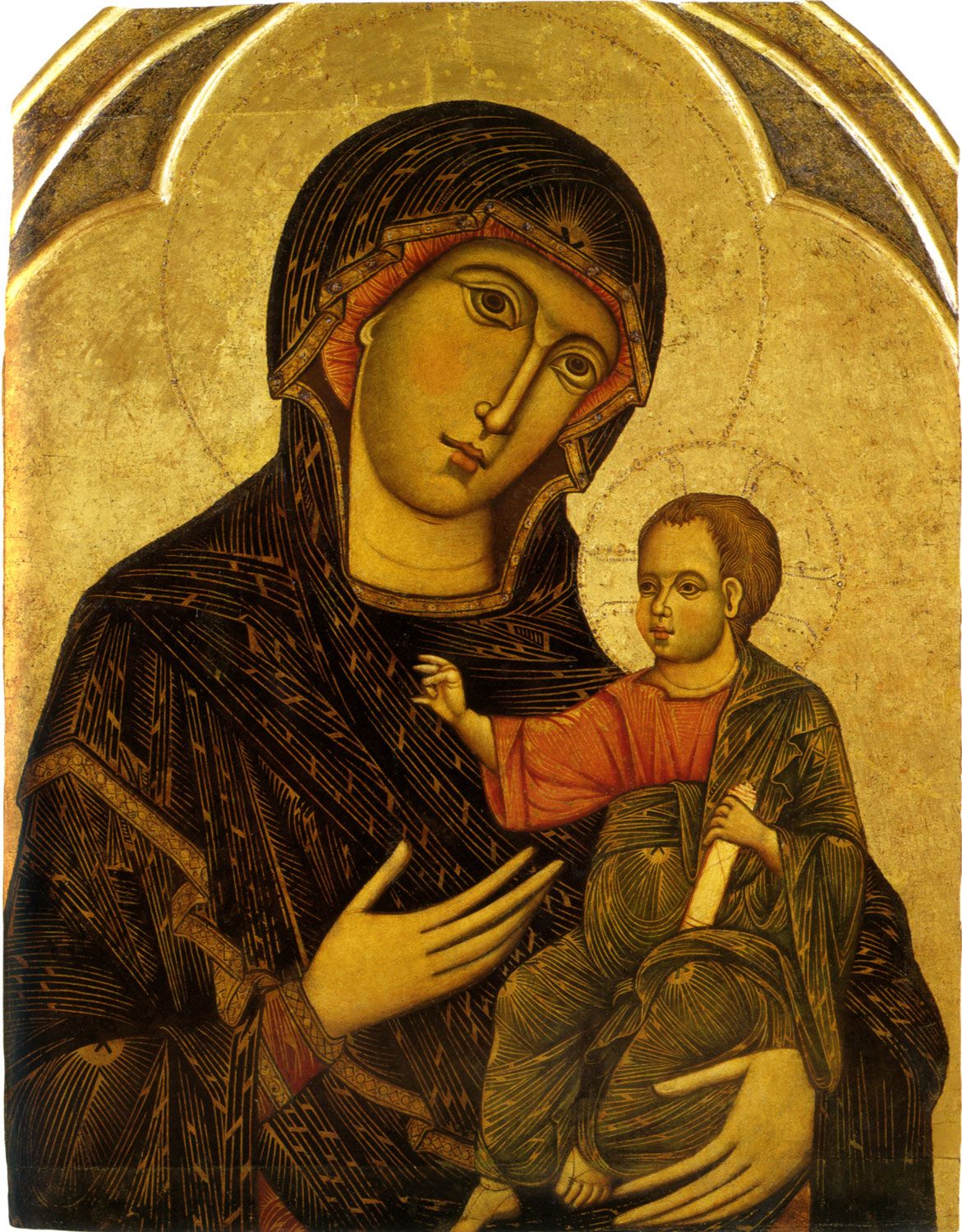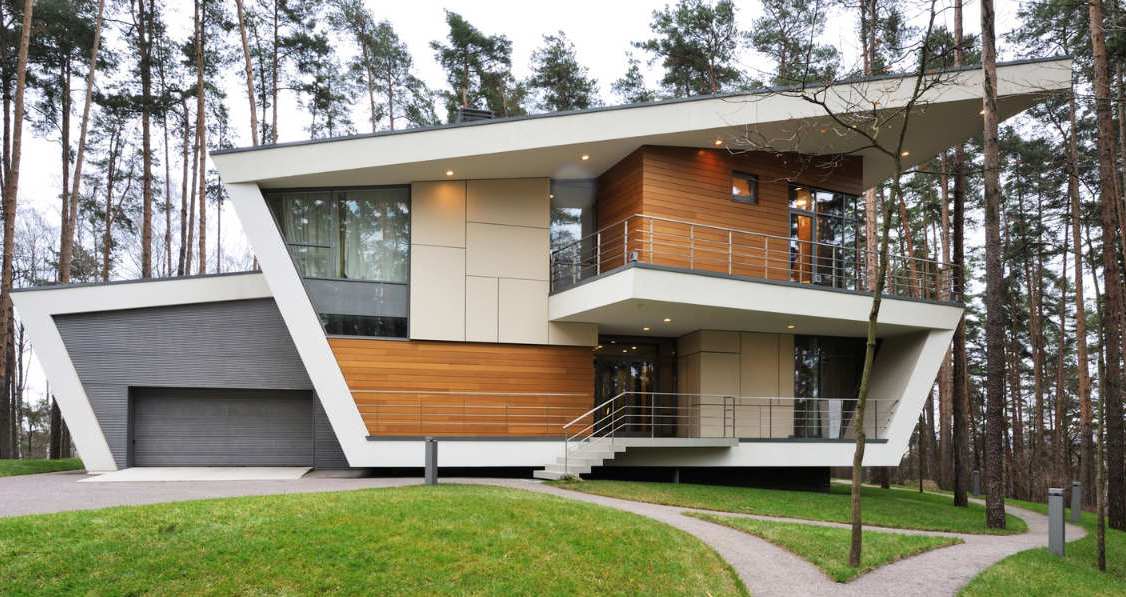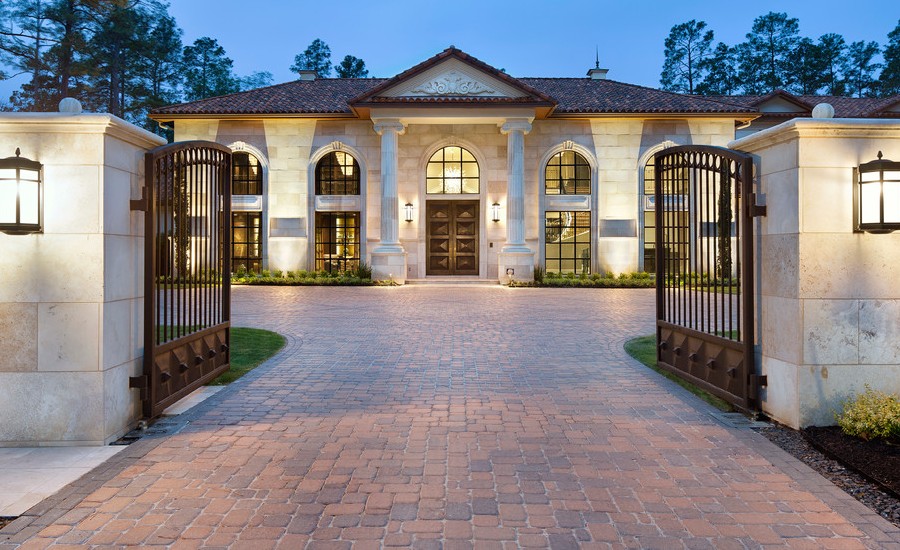Recently, a 900 kg Baby Jesus figurine in Mexico that strikingly resembles singer Phil Collins became a social media sensation. But by looking at art history, we can learn some fascinating things about how we got to this newborn who looks like a man.
From roughly the sixth century to the present, the infant Jesus has resembled a small man in Eastern Orthodox belief. The purpose of this representation is to minimize one’s emotional reaction to the infant. Instead, worshippers are led to a deeper appreciation of God’s activity in becoming a person. In this article, we’ll learn how the statue of Baby Jesus resembles a man.
Details About Baby Jesus
Although it is not part of modern doctrine, there is an understanding of Christ’s dual nature as noted in the images of Baby Jesus. Some may describe the images as not beautiful to look at, but theological expression is more important to art than reality.
The fact that the enormous adult face doesn’t seem to fit the body is arguably what makes it fascinating. We may chuckle, but we might also ponder: Is this a purposeful return to the “small man,” a Jesus who was born a man?
The effect of this doctrine was also visible in Western art during the Middle Ages in Europe, with depictions of Baby Jesus either securely swathed or sitting in an adult way. In the latter, an attempt was made to convey biblical allusions to a wrapped-up child or with a shroud draped over.
By conducting street plays which recreated Christ’s birth, St. Francis presented the life of Christ—particularly his creation an authentic manner, displacing the idea that Jesus was a part of a remote, austere God.
These became the first nativity scene when they were later displayed in sculptural shapes. Real local babies were used as Jesus in these street plays. It was believed that if people could relate to Jesus’ humanity, they would be more attuned to God.

Cherubic Child/Bambino
The baby’s portrayal improved significantly with the advent of the Renaissance in Italy in the 14th century. Since then, this idea of the “bambino” of exquisite beauty has persisted.
A growing middle class in Italy desired pictures of their families with their children looking angelically and genuine. The emergence of realism and truth in art also fundamentally altered representations of Jesus as an infant.
Following the Renaissance, Jesus was depicted in magnificent and elaborate Baroque art. These pictures were even more lavish and sensual in the later Baroque period. A typical Baby Jesus from this period has his arms open, is chubby-faced, and rests on gold-plated straw.
The loss of much artwork across Europe and the sharp decline in commissions for religious works were two effects of the Reformation. As the modern era began, secularism quickly gained popularity, and the emphasis on art turned away from religious themes.
Most Christian art produced in the late nineteenth century was either an idealized version of devotion art or copies of earlier paintings. Pretty pictures with little symbolic or religious meaning were everywhere.
Wrapping Up!
Baby Jesus is the main character in every Christmas nativity. You can pick the figure that you find most appealing. Images of the Divine Child Jesus are available in many different styles and dimensions. By strategically putting a statue of the Child Jesus, you can now affordably and quickly light up your house or church. Buy the best Baby Jesus figurines at Holyart right now!











